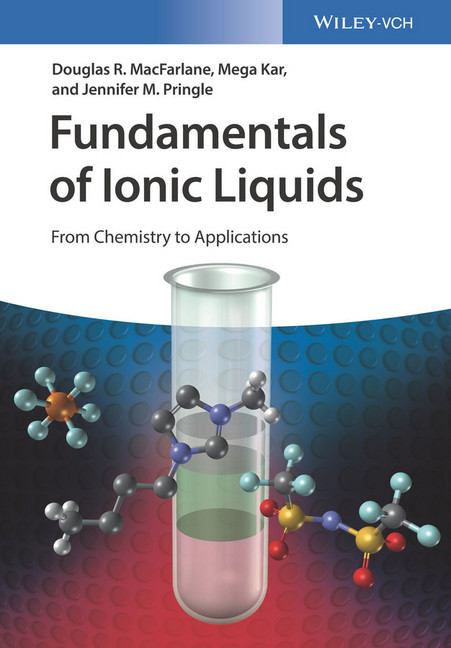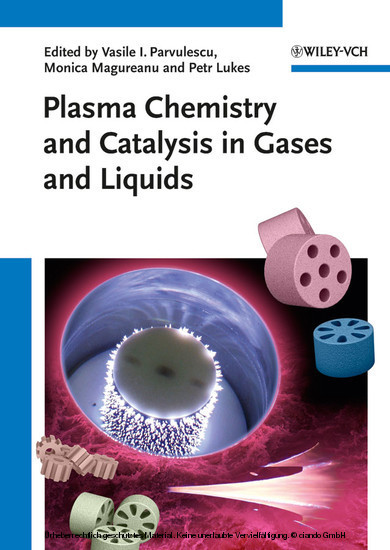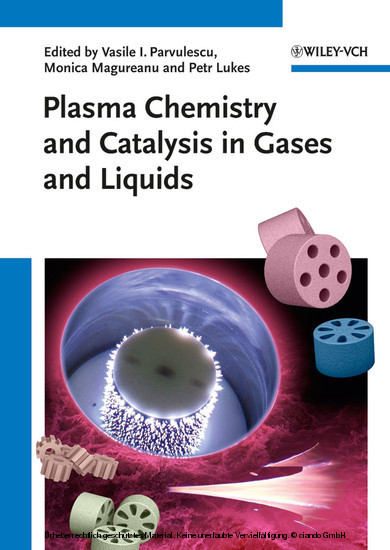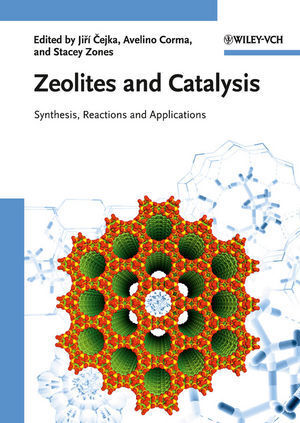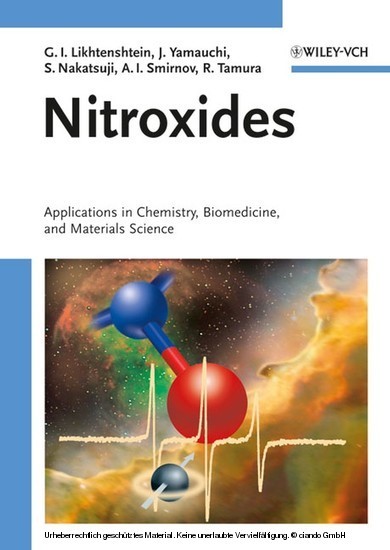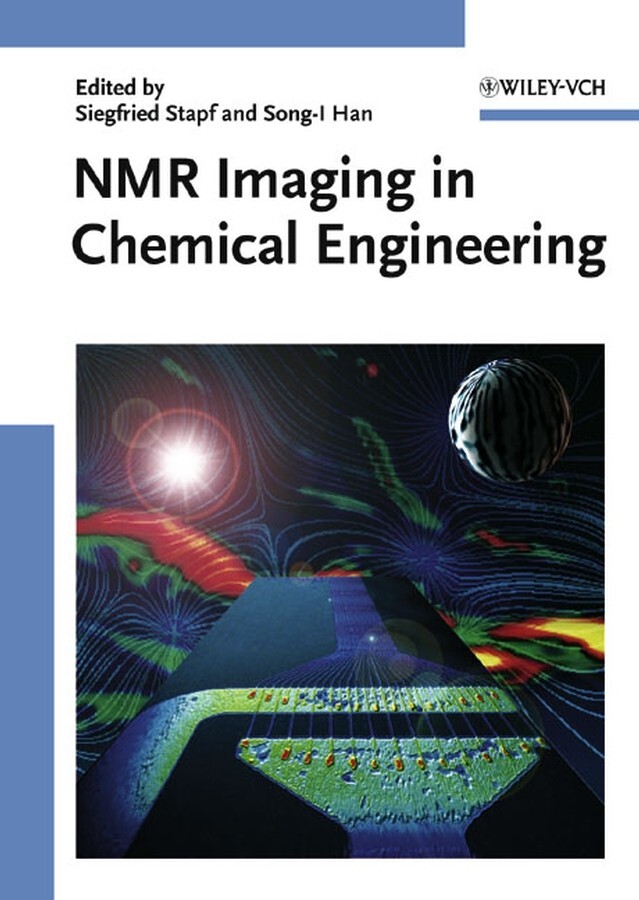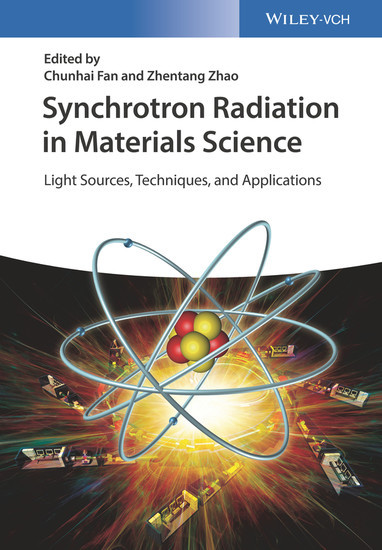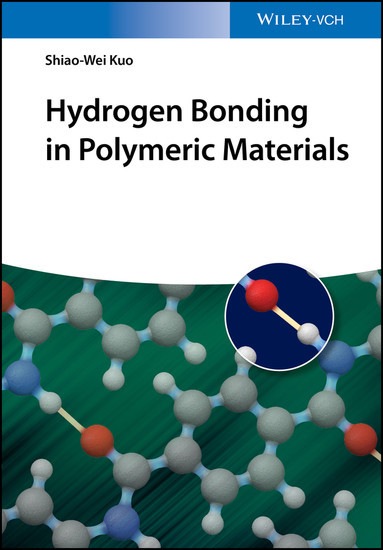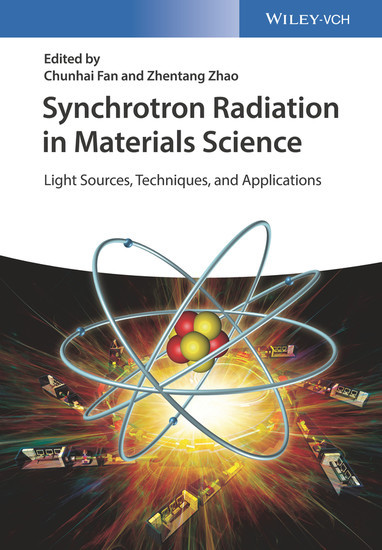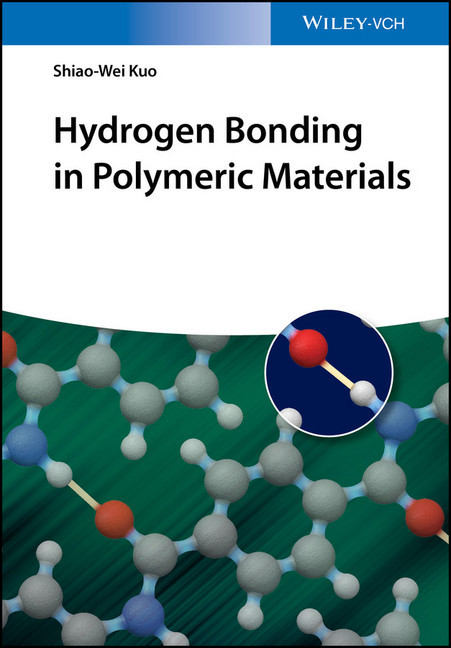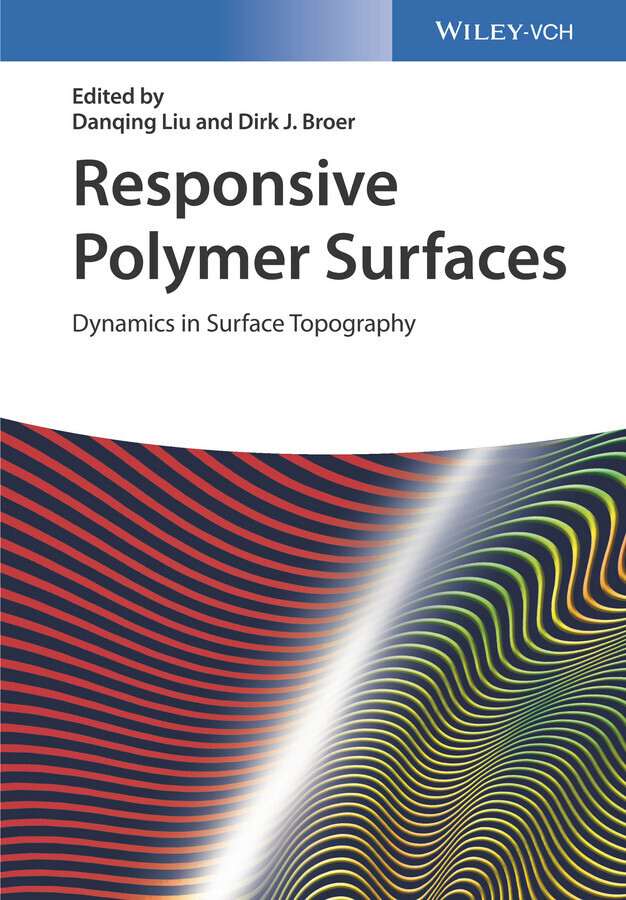Fundamentals of Ionic Liquids
From Chemistry to Applications
Written by experts who have been part of this field since its beginnings in both research and academia, this textbook introduces readers to this evolving topic and the broad range of applications that are being explored.
The book begins by examining what it is that defines ionic liquids and what sets them apart from other materials. Chapters describe the various types of ionic liquids and the different techniques used to synthesize them, as well as their properties and some of the methods used in their measurement. Further chapters delve into synthetic and electrochemical applications and their broad use as 'Green' solvents. Final chapters examine important applications in a wide variety of contexts, including such devices as solar cells and batteries, electrochemistry, and biotechnology.
The result is a must-have resource for any researcher beginning to work in this growing field, including senior undergraduates and postgraduates.
Professor Doug MacFarlane leads the Monash Ionic Liquids Group at Monash University. He is currently the holder of an Australian Research Council Laureate Fellowship. He is also the Program Leader of the Energy Program in the Australian Centre of Excellence for Electromaterials Science. His group focuses on a range of aspects of ionic liquids and their application in the energy sciences and sustainable chemistry. Professor MacFarlane was a BSc(Hons) graduate of Victoria University of Wellington, New Zealand and then undertook his graduate work in the Angell group at Purdue University, Indiana, graduating in 1983. After postdoctoral fellowships in France and New Zealand he took up an academic position at Monash. He has been a Professor of Chemistry at Monash since 1995 and was Head of School 2003-2006.
A/Prof Jennifer Pringle is a Senior Research Fellow in the Institute for Frontier Materials at Deakin University, and a chief investigator in the ARC Centre of Excellence for Electromaterials Science. She received her degree and PhD at The University of Edinburgh in Scotland before moving to Monash University in Melbourne, Australia in 2002. From 2008-2012 she held an ARC QEII Fellowship, investigating the use of ionic electrolytes for dye-sensitized solar cells. A/Prof Pringle moved to Deakin University, Melbourne in 2013. There she leads research into the development and use of ionic electrolytes for applications including thermal energy harvesting and solid state lithium batteries.
Dr. Mega Kar is a Research Fellow in the Monash Ionic Liquids group. She completed her undergraduate degree with honours at The University of Melbourne in 2008. She then went onto study her doctor of philosophy (PhD) at Monash University in Professor Douglas MacFarlane?s group, which focused on designing novel room-temperature alkoxy-ammonium based ionic liquids as electrolytes for reversible zinc electrochemistry, working towards a rechargeable metal-air battery for energy storage applications. Dr. Kar is currently a Research Fellow at Monash University, lecturing and specializing in IL synthesis and electrochemistry, working on electrodeposition and metal batteries.
The book begins by examining what it is that defines ionic liquids and what sets them apart from other materials. Chapters describe the various types of ionic liquids and the different techniques used to synthesize them, as well as their properties and some of the methods used in their measurement. Further chapters delve into synthetic and electrochemical applications and their broad use as 'Green' solvents. Final chapters examine important applications in a wide variety of contexts, including such devices as solar cells and batteries, electrochemistry, and biotechnology.
The result is a must-have resource for any researcher beginning to work in this growing field, including senior undergraduates and postgraduates.
Professor Doug MacFarlane leads the Monash Ionic Liquids Group at Monash University. He is currently the holder of an Australian Research Council Laureate Fellowship. He is also the Program Leader of the Energy Program in the Australian Centre of Excellence for Electromaterials Science. His group focuses on a range of aspects of ionic liquids and their application in the energy sciences and sustainable chemistry. Professor MacFarlane was a BSc(Hons) graduate of Victoria University of Wellington, New Zealand and then undertook his graduate work in the Angell group at Purdue University, Indiana, graduating in 1983. After postdoctoral fellowships in France and New Zealand he took up an academic position at Monash. He has been a Professor of Chemistry at Monash since 1995 and was Head of School 2003-2006.
A/Prof Jennifer Pringle is a Senior Research Fellow in the Institute for Frontier Materials at Deakin University, and a chief investigator in the ARC Centre of Excellence for Electromaterials Science. She received her degree and PhD at The University of Edinburgh in Scotland before moving to Monash University in Melbourne, Australia in 2002. From 2008-2012 she held an ARC QEII Fellowship, investigating the use of ionic electrolytes for dye-sensitized solar cells. A/Prof Pringle moved to Deakin University, Melbourne in 2013. There she leads research into the development and use of ionic electrolytes for applications including thermal energy harvesting and solid state lithium batteries.
Dr. Mega Kar is a Research Fellow in the Monash Ionic Liquids group. She completed her undergraduate degree with honours at The University of Melbourne in 2008. She then went onto study her doctor of philosophy (PhD) at Monash University in Professor Douglas MacFarlane?s group, which focused on designing novel room-temperature alkoxy-ammonium based ionic liquids as electrolytes for reversible zinc electrochemistry, working towards a rechargeable metal-air battery for energy storage applications. Dr. Kar is currently a Research Fellow at Monash University, lecturing and specializing in IL synthesis and electrochemistry, working on electrodeposition and metal batteries.
1;Cover;1 2;Title Page;5 3;Copyright;6 4;Contents;7 5;Chapter 1 An Introduction to Ionic Liquids;13 5.1;1.1 Prologue;13 5.2;1.2 The Definition of an Ionic Liquid;14 5.3;1.3 A Brief Perspective;18 5.4;1.4 Aprotic Versus Protic ILs;20 5.5;1.5 An Overview of IL Applications;21 5.6;1.6 Key Properties and Techniques for Understanding ILs;24 5.6.1;1.6.1 Viscosity;24 5.6.2;1.6.2 Vapor Pressure;25 5.6.3;1.6.3 Melting Point;25 5.6.4;1.6.4 Nanostructure;26 5.6.5;1.6.5 Thermal Properties;26 5.6.6;1.6.6 Electrochemical Properties;28 5.6.7;1.6.7 Conductivity and Ion Transport;28 5.6.8;1.6.8 Computational Techniques;29 5.7;1.7 New Materials Based on ILs;30 5.8;1.8 Nomenclature and Abbreviations;32 5.9;References;32 6;Chapter 2 The Structure of Ions that Form Ionic Liquids;39 6.1;2.1 Introduction;39 6.2;2.2 Ionic Interactions and the Melting Point;40 6.2.1;2.2.1 Thermodynamics of the Melting Point;41 6.3;2.3 Effect of Ion Size and Crystal Packing;43 6.3.1;2.3.1 Quantifying the Madelung Constant;46 6.3.2;2.3.2 Computational Prediction of the Melting Point;47 6.4;2.4 Charge Delocalization and Shielding;49 6.5;2.5 Ion Asymmetry;51 6.6;2.6 Influence of Cation Substituents;53 6.7;2.7 Degrees of Freedom and Structural Disorder;55 6.7.1;2.7.1 Polymorphism;56 6.8;2.8 Short?Range Interactions?-?Hydrogen Bonding;56 6.9;2.9 Dications and Dianions;59 6.10;2.10 Tm Trends in Other IL Families;61 6.11;2.11 Concluding Remarks;62 6.12;References;62 7;Chapter 3 Structuring of Ionic Liquids;67 7.1;3.1 Introduction;67 7.2;3.2 Ionicity, Ion Pairing and Ion Association;68 7.3;3.3 Short?Range Structuring;70 7.4;3.4 Structural Heterogeneity and Domain Formation;72 7.5;3.5 Hydrogen Bonding and Structure;74 7.6;3.6 Experimental Probes of Structure;76 7.7;3.7 Simulation Approaches to Understanding Structure;79 7.8;3.8 Structuring at Solid Interfaces;83 7.9;3.9 Ionic Liquid Structure in Confined Spaces;86 7.10;3.10 Impact of Structure on Reactivity and Application;87 7.11;3.11 Concluding Remarks;88 7.12;References;88 8;Chapter 4 Synthesis of Ionic Liquids;93 8.1;4.1 Introduction;93 8.2;4.2 Synthesis of ILs;93 8.2.1;4.2.1 Formation of the Cation: Quaternization/Alkylation;93 8.2.2;4.2.2 Anion Exchange;94 8.2.2.1;4.2.2.1 Metathesis;95 8.2.2.2;4.2.2.2 Purification and Challenges of the Metathesis Reaction;96 8.2.2.3;4.2.2.3 Ion Exchange;97 8.2.3;4.2.3 Synthesis of ILs via the Carbonate Route;98 8.2.4;4.2.4 Flow Reactors;99 8.2.5;4.2.5 Solvate ILs;101 8.2.6;4.2.6 Chloroaluminate ILs;102 8.2.7;4.2.7 Task?Specific Ionic liquids (TSILs);102 8.2.7.1;4.2.7.1 Alkoxy?Ammonium ILs;102 8.2.7.2;4.2.7.2 Zwitterionic Liquids;103 8.2.8;4.2.8 One?Pot Synthesis of Multi?Ion ILs;104 8.2.9;4.2.9 Polymer Ionic Liquids (Poly?ILs);105 8.2.10;4.2.10 Protic Ionic Liquids (PILs);107 8.2.11;4.2.11 Chiral ILs;108 8.3;4.3 Characterization and Analysis of ILs;109 8.4;4.4 Concluding Remarks;110 8.5;References;111 9;Chapter 5 Physical and Thermal Properties;115 9.1;5.1 Introduction;115 9.2;5.2 Phase Transitions and Thermal Properties;115 9.2.1;5.2.1 Thermal Analysis and the Key Transitions Defining the Liquid State;115 9.2.2;5.2.2 Glass Transition, Glassy ILs, and the Kauzman Paradox;116 9.2.3;5.2.3 The Ideal Glass Transition;119 9.2.4;5.2.4 Influence of Ion Structure on Tg;120 9.2.5;5.2.5 Solid-Solid Transitions;121 9.2.5.1;5.2.5.1 Plastic Crystalline Phases;121 9.2.5.2;5.2.5.2 Liquid Crystals;122 9.2.6;5.2.6 Vaporization;122 9.2.7;5.2.7 Thermal Decomposition;125 9.2.8;5.2.8 Thermal Conductivity and Heat Capacity;129 9.3;5.3 Surface and Tribological Properties;130 9.4;5.4 Transport Properties and their Inter?relationships;132 9.4.1;5.4.1 Temperature Dependence of Transport Properties;136 9.4.2;5.4.2 Ionicity and the Walden Plot;138 9.4.2.1;5.4.2.1 Modeling the Transport Properties of ILs.;140 9.5;5.5 Properties of Ionic Liquid Mixtures;141 9.5.1;5.5.1 Thermal Properties;142 9.5.1.1;5.5.1.1 Melting Behavior of Mixtures of Salts and the Entropy of Mixing;142 9.5.1.2;5.5.1.2 Eutectics;144 9.5.2;5.5.2 Ex
MacFarlane, Doug
Pringle, Jennifer M.
Kar, Mega
| ISBN | 9783527340002 |
|---|---|
| Artikelnummer | 9783527340002 |
| Medientyp | E-Book - PDF |
| Copyrightjahr | 2017 |
| Verlag | Wiley-VCH |
| Umfang | 258 Seiten |
| Sprache | Englisch |
| Kopierschutz | Adobe DRM |

